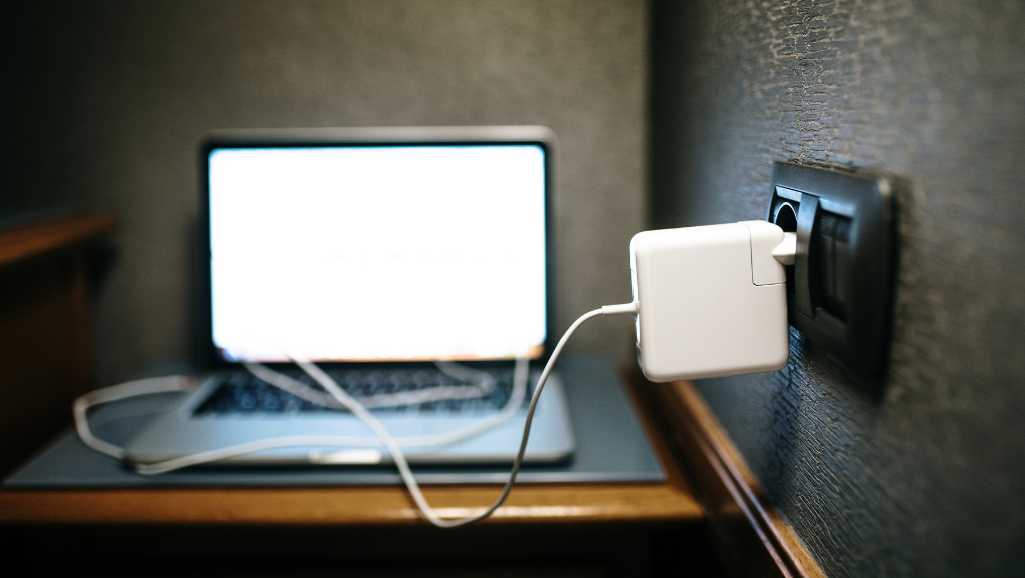
Best Lenovo Service Centre In Singapore (2025)
Lenovo laptops are known for reliability, performance, durability, innovative features, long battery life, comfortable keyboards, and affordability. However, there is still a chance your Lenovo


Image credit: Digital Trends
 The location where you use your charger can also greatly impact its temperature. If you’re prone to using your MacBook on soft surfaces like a bed, couch, or pillow, you might be inadvertently contributing to charger overheating. Soft materials can obstruct the vents on your charger, trapping heat and leading to a buildup of excessive temperatures. To avoid this, always use your charger on a hard, flat surface with ample airflow. This allows the heat to dissipate properly and prevents the charger from overworking itself.
The location where you use your charger can also greatly impact its temperature. If you’re prone to using your MacBook on soft surfaces like a bed, couch, or pillow, you might be inadvertently contributing to charger overheating. Soft materials can obstruct the vents on your charger, trapping heat and leading to a buildup of excessive temperatures. To avoid this, always use your charger on a hard, flat surface with ample airflow. This allows the heat to dissipate properly and prevents the charger from overworking itself.
Is your MacBook experiencing issues like:
Don’t let these common problems hinder your productivity or cause permanent damage. At Volta PC Upgrade & Repair, our expert technicians are equipped to handle all your MacBook concerns.
Whether you need charger replacement, battery optimization, hardware upgrades, thorough cleaning to resolve overheating, or repairs for specific components, we’ve got you covered.
Trust us to provide reliable, efficient, and affordable repair solutions for your MacBook. Contact Volta PC Upgrade & Repair today and get your MacBook running like new again!

Lenovo laptops are known for reliability, performance, durability, innovative features, long battery life, comfortable keyboards, and affordability. However, there is still a chance your Lenovo

Laptop service center in Singapore provides hassle free, professional repairs for all your laptop needs. While there are many service centers around Singapore, we understand

Your MacBook is an essential tool, providing both functionality and reliability. However, encountering issues like a ghosting screen can be incredibly frustrating. This guide aims
|
*We are OPEN on 3 May 2025 (Polling Day). CLOSED ON 1 May 2025 (Labour Day) |